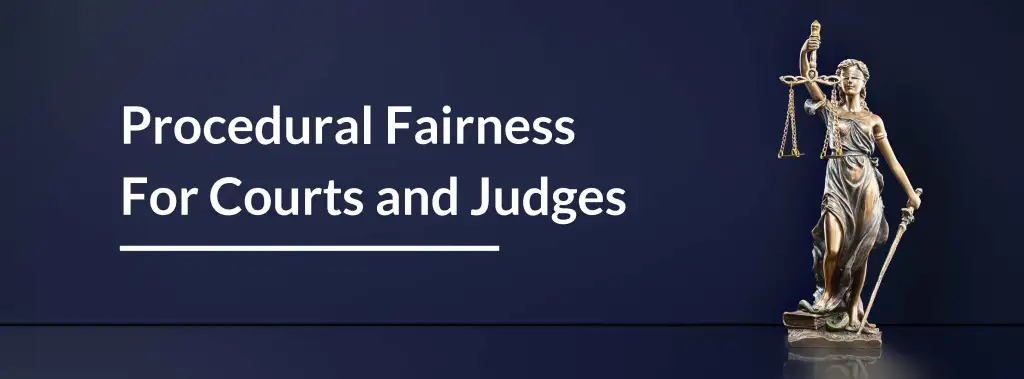
What is Procedural Fairness?
Procedural Fairness, also referred to as procedural justice, is an evidence-based practice reliably associated with higher levels of compliance with and greater amounts of satisfaction with decisions by authority figures. The theory is composed of the following key components: Voice, neutrality, respectful treatment and trust.
This blog offers a forum to discuss current issues and events within the Procedural Fairness realm.
Some topics that have been explored:
- Accessibility
- AI & Technology in the courts
- Experience from Judges within the court system
- Projects that support the courts in addressing Procedural Fairness
- & more
This website is a collaborative effort by judges, researchers, and university professors who share a belief that an emphasis on procedural fairness can make judges and court managers more effective decision makers, improve compliance with court orders, and increase public satisfaction with the court system.
